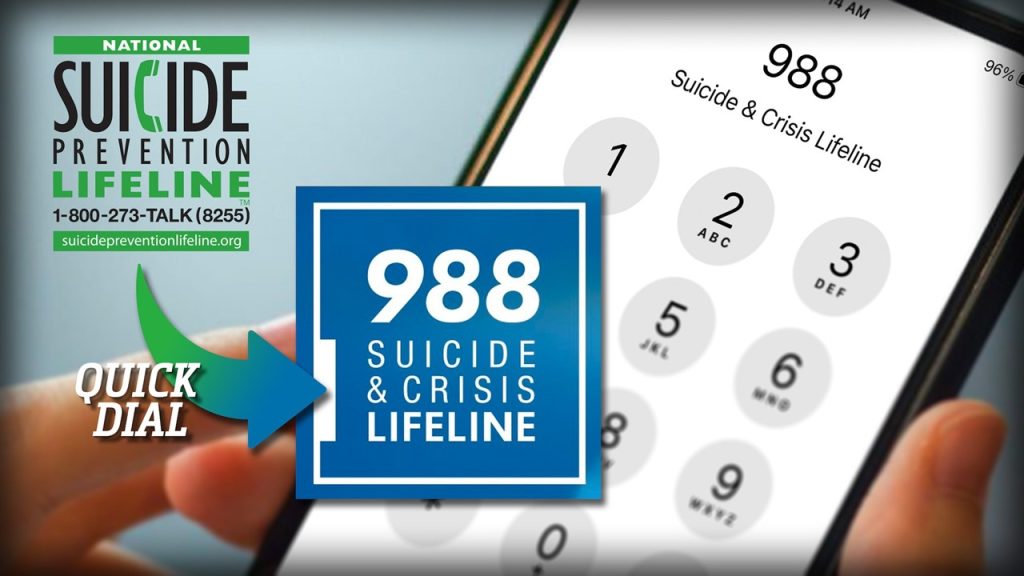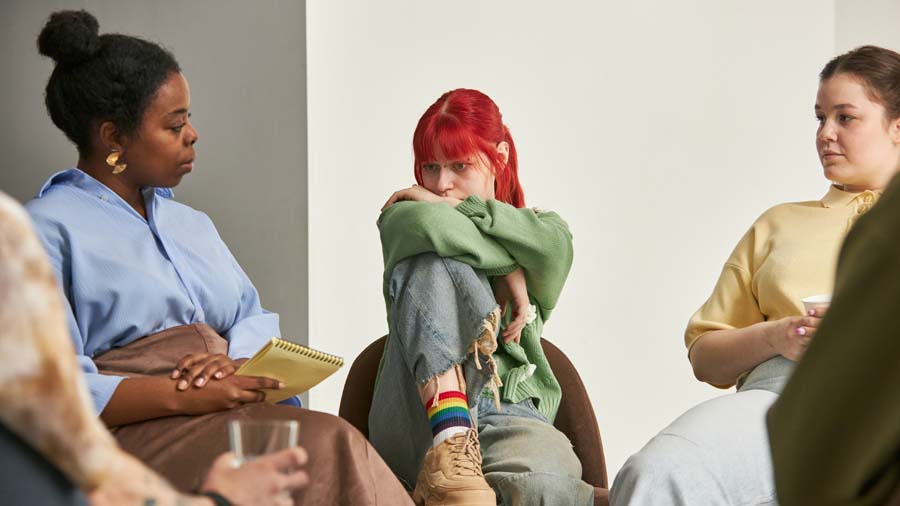Now Reading: How to Avoid Burnout When You Wear All the Hats
-
01
How to Avoid Burnout When You Wear All the Hats
How to Avoid Burnout When You Wear All the Hats

How to Avoid Burnout When You Wear All the Hats
By Good Day, Good Health
It’s 6:00 a.m. and you’re already checking emails. There’s breakfast to make, errands to run, deadlines to meet, a project to finish, a family to care for, and, somehow, you’re supposed to “prioritize self-care” in the midst of it all.
You, dear reader, are wearing all the hats—entrepreneur, employee, caregiver, chef, chauffeur, spiritual counselor, social director, and emotional safety net—and it’s only Tuesday.
For millions of people, especially women, creatives, small business owners, parents, and caregivers, “doing it all” has become the norm. And while you may wear those hats well, it’s also likely that they’re wearing you down.
The signs are subtle at first: chronic tiredness, short tempers, missed meals, sleepless nights. But over time, they snowball into something more serious—burnout.
And burnout doesn’t just rob you of energy. It dulls your creativity, disrupts your health, strains your relationships, and distorts your sense of worth.
But there’s good news: burnout isn’t a character flaw or a permanent condition. It’s a signal—a flashing red light on the dashboard of your life—and there are proven, powerful ways to respond before the engine gives out completely.
Let’s unpack what burnout really is, why it’s so common for those who wear multiple hats, and how you can begin to design a life that’s full, not frazzled.
What Burnout Really Means
Burnout isn’t just being tired. It’s a state of physical, mental, and emotional exhaustion caused by prolonged and unrelenting stress. You might still be functioning—going to work, showing up for family—but inside, you’re running on fumes.
The World Health Organization classifies burnout as an “occupational phenomenon,” but anyone who’s been a caregiver, a parent, or a solo entrepreneur knows better: burnout doesn’t discriminate by job title. It affects anyone with sustained responsibility and inadequate recovery.
The most common symptoms include:
- Constant fatigue, even after rest
- Loss of motivation or enjoyment
- Mental fog or difficulty concentrating
- Anxiety or dread about normal tasks
- Irritability, mood swings, or emotional numbness
- Physical issues like headaches, stomach problems, or frequent illness
The tragedy of burnout is that it often hits the people who care the most—the helpers, the fixers, the nurturers, the go-getters.
Why “Wearing All the Hats” Puts You Most at Risk
People who juggle multiple roles tend to minimize their own needs in favor of others’. You might feel like stopping to rest means letting someone down. Or you believe things will fall apart without you. Maybe you’ve even convinced yourself that “this is just the price of success.”
But there are deeper layers, too:
- Lack of boundaries: You’re reachable 24/7. You say yes when you should say no. You work while you eat and scroll while you rest.
- Invisible labor: The mental to-do list never stops. You’re managing emotions—yours and everyone else’s—on top of tasks.
- Unrealistic expectations: Social media says you should be crushing it at work, parenting like a pro, cooking organic meals, and still have time for journaling, workouts, and 8 hours of sleep.
- Isolation: People see what you do, but not what it costs. And asking for help feels like weakness.
The result? You’re maxed out, emotionally taxed, and secretly wondering, “How long can I keep this up?”
The Root Cause: Chronic Output Without Recovery
Burnout isn’t just about doing too much—it’s about never replenishing what you’ve given.
Think of yourself like a battery. Every demand on your time, energy, or emotion drains a little more power. That’s normal. But without consistent, intentional recharge, the battery dies.
What causes burnout isn’t stress alone—it’s the absence of recovery.
You can work hard and not burn out if you’re recovering just as hard. But when recovery is skipped, postponed, or ignored, even small tasks feel enormous.
Breaking the Cycle: How to Protect Your Energy Without Quitting Everything
Here’s the reality: most of us can’t (and don’t want to) drop all our responsibilities. You love your family. You’re passionate about your business. You care about your community. But you need a new approach—one that prioritizes sustainable energy over constant output.
Below are the strategies, tools, and mindset shifts that help prevent (or recover from) burnout—even when you’re wearing every hat in the closet.
1. Redefine What “Success” Means
Many of us link success with constant productivity. We reward ourselves for being busy, for pushing through exhaustion, for never saying no.
But success that costs your health, sanity, and joy is not success.
Try measuring your success with different metrics:
- Did I treat myself with kindness today?
- Did I listen to my body’s needs?
- Did I pause to breathe, stretch, or laugh?
- Did I protect my peace?
This isn’t self-indulgence. It’s sustainable living.
2. Prioritize Recovery Like It’s a Deadline
Make restoration a non-negotiable part of your routine. If you’re working hard, resting must be scheduled with the same intensity.
Here are ways to weave in recovery daily:
- Physical recovery: Get 7–9 hours of sleep. Eat whole, nourishing foods. Hydrate often. Walk or stretch daily.
- Mental recovery: Step away from your devices. Schedule 10–15 minutes of silence. Try breathwork or meditation apps.
- Emotional recovery: Journal without judgment. Cry if needed. Talk to someone who listens.
- Spiritual recovery: Reflect, pray, meditate, or engage in rituals that ground you.
You’re not weak for needing rest. You’re wise for respecting your limits.
3. Set (and Stick to) Stronger Boundaries
One of the fastest paths to burnout is saying yes to everything—and everyone—while saying no to yourself.
Start protecting your time and energy with simple boundaries:
- Have a hard stop time for work—even if it’s your own business.
- Decline requests that aren’t aligned with your goals or values.
- Limit “open availability” by setting clear times for calls, messages, and meetings.
- Unplug nightly—no emails or work tasks after a set time.
Your boundaries don’t make you selfish. They make you sustainable.
4. Delegate, Automate, Eliminate
You cannot—and should not—do it all.
Ask yourself:
- What can I automate (bill payments, email replies, content scheduling)?
- What can I delegate (household tasks, admin work, grocery delivery)?
- What can I eliminate (busywork, outdated obligations, guilt-fueled commitments)?
Even small adjustments create more space for breathing—and healing.
5. Anchor Your Day with Wellness Habits
Don’t wait until burnout hits to start taking care of yourself. Build wellness into your schedule like a daily vitamin.
Here’s a powerful daily rhythm:
- Morning: Begin with intention. No screens for the first 30 minutes. Hydrate. Move your body. Set 1–2 realistic priorities.
- Midday: Step away. Eat lunch away from your work zone. Take a 10-minute walk. Listen to music or an uplifting podcast.
- Evening: Wind down intentionally. Shut down screens at least 30 minutes before bed. Reflect on the day without judgment. Stretch or breathe to calm the body.
Wellness doesn’t require hours—it requires consistency.
6. Find or Build a Support System
Burnout thrives in isolation. We all need spaces where we can be real, supported, and reminded that we’re not alone.
Whether it’s a therapist, a faith group, a peer mastermind, or a wellness community like GDGH Connect—find your people.
Even a single weekly check-in with someone who “gets it” can lower stress, increase clarity, and remind you that rest is allowed.
7. Stop Performing. Start Living.
It’s easy to slip into “performance mode”—curating a life that looks successful but feels exhausting.
Here’s your permission: take off the costume. Release the pressure. You don’t have to post it to prove it.
Live deeply, not just visibly.
If You’re Already Burnt Out—Read This
Maybe you’re beyond tired. Maybe everything feels too heavy. If that’s you, stop pushing.
Here’s what to do:
- Pause. Cancel or postpone what isn’t urgent. Most of it can wait.
- Nourish. Drink water. Eat a full meal. Take a walk. Lie down.
- Express. Talk to someone. Journal freely. Let yourself feel.
- Simplify. Do the bare minimum for a few days. Prioritize recovery like it’s survival—because it is.
You’re not broken. You’re not lazy. You’re just human. And humans need rest.
You Deserve to Feel Alive—Not Just Functional
Wearing many hats is often a badge of honor. But it shouldn’t cost your joy, your health, or your identity.
The most revolutionary thing you can do in a world that glorifies exhaustion is to choose wellness.
And wellness isn’t found in perfection, productivity, or performance.
It’s found in the quiet spaces. The slow breaths. The kind boundaries. The simple meals. The honest check-ins. The loving pauses.
It’s found in you, choosing yourself—again and again.
Because you’re not here to burn out.
You’re here to shine.
Good Day, Good Health is here to help you thrive—not just survive.
Explore wellness tools, community support, and practical resources that fit your real life.
You wear all the hats—but you don’t have to carry them alone.



